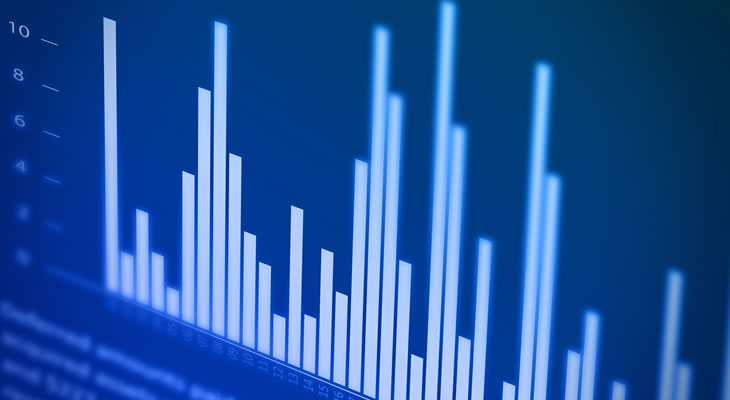UK Wage Growth Overtakes Inflation – Pound (GBP) Exchange Rate Forecast Improves
The outlook for the Pound Australian Dollar (GBP/AUD) exchange rate grew slightly brighter on Tuesday morning, with investors pleased by the latest run of UK labour market statistics.
According to the Office for National Statistics (ONS), unemployment in the UK held at the 42-year low of 4.2%, with a surprising 46,000 fall bolstering the figure.
Beyond this, the year-long squeeze on pay officially came to an end with wages accelerating at an annual rate of 2.9% in the three months to March – exceeding the rate of consumer price inflation.
This was the fastest rate of growth since 2015 and, combined with the employment results, illustrated that the UK’s labour market continues to tighten.
Senior ONS Statistician Matt Hughes shared his thoughts on the results:
‘With employment up again in the three months to March, the rate has hit a new record, with unemployment remaining at its lowest rate since 1975.
The growth in employment is still being driven by UK nationals, with a slight drop over the past year in the number of foreign workers. It’s important to remember, though, that this isn’t a measure of migration’.
This news should also help push the Bank of England (BoE) towards a rate hike in the coming months.
RBA Meeting Minutes Prove Dovish – What can we expect for the Australian Dollar (AUD) Exchange Rates?
The outlook for the ‘Aussie’ Dollar (AUD) was not quite as good on Tuesday, with the release of the Reserve Bank of Australia (RBA) meeting minutes leaving much to be desired.
As expected, Australia’s central bank saw little reason to raise interest rates this month, with inflation continuing to hold below target levels and remain subdued in the face of sluggish wage growth.
The RBA’s Board agreed that there was not a ‘strong case’ for a near-term rate rise, according to the minutes, but they do agree that the next move will most likely be up, rather than down.
This will be entirely dependent on the country’s data releases improving, however.
Comments from RBA Deputy Governor Guy Debelle also raised some eyebrows, as he announced that wage growth has ‘troughed’ but that there are some tentative signs of pressures emerging.
Another key factor is Australia’s unemployment rate, which has remained stubbornly frozen at 5.5%, another major factor weighing on wage growth.
Australian Employment at the Forefront – Volatility Expected for the Pound Australian Dollar (GBP/AUD) Exchange Rate
The Pound Australian Dollar (GBP.AUD) exchange rate could see greater movement towards the end of the week when markets respond to Australia’s highly significant employment readings for April and the consumer inflation expectation result for May.
Analysts currently predict that unemployment will remain at 5.5%, with a 20k rise in employed persons, but a better-than-expected print could prompt a small rise in demand for the ‘Aussie’ Dollar.
Another variable to keep an eye on will be commodity prices, with iron ore continuing to climb higher and ongoing strength in Chinese steel prices liable to give the ‘Aussie’ Dollar some ongoing lift.


Comments are closed.